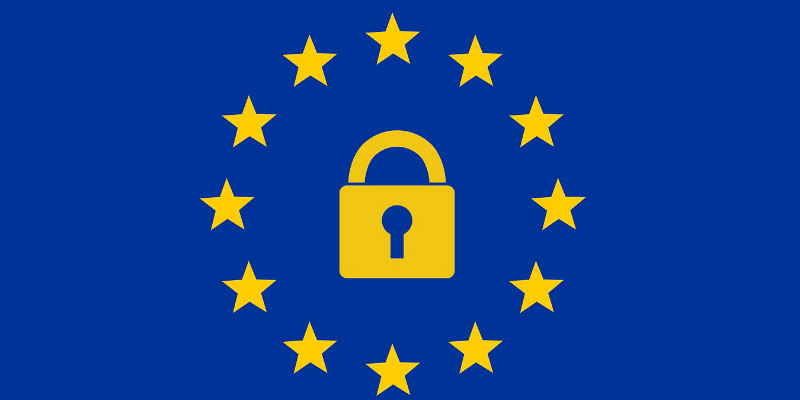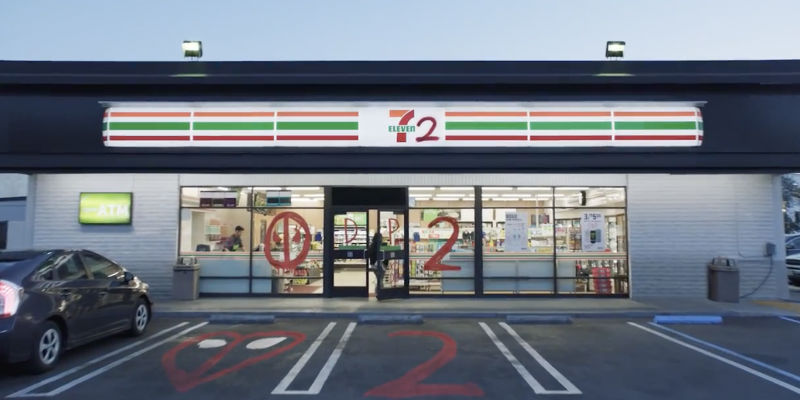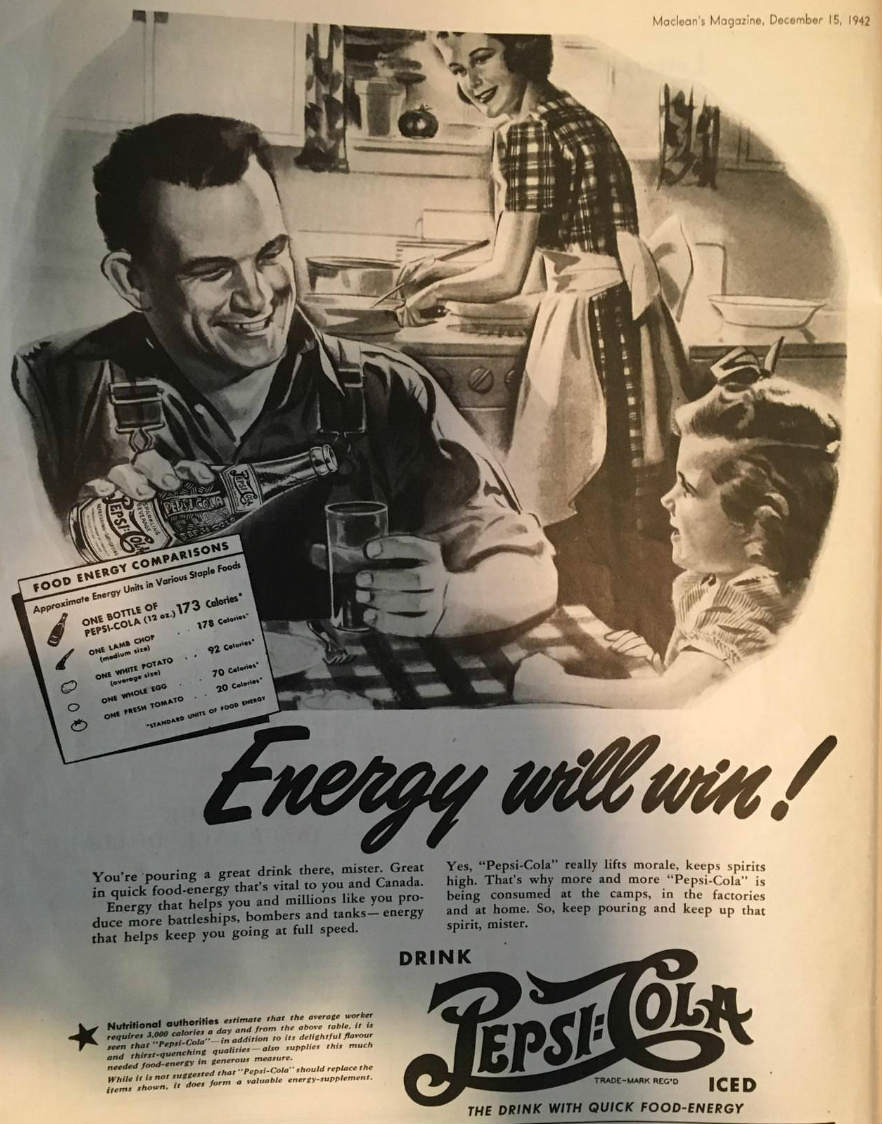 Listen
Listen
How Posting Less Frequently on Social Media Will Get You More Traffic
Quick! What’s the best practice when it comes to post frequency on social media??
Did you say, “post less?” You better have said less. You did? Okay, good. It’s in the title, after all.
Now, to some, this may seem counter-intuitive. Social media is a terrible blessing in that way. Sure, it gives us another platform to start conversations with consumers, but literally everyone else has that same opportunity.
We’re on social media fighting like titans for attention. Posting like we’ve got nothing else to lose. Meanwhile, we’re over-saturating our profiles and social platforms deemed us buriable. Not cool, social media, not cool.
Neil Patel and Eric Sui tackle this topic in their latest podcast. This 5-minute Listen goes through why posting less is key and how to create quality content.
- (00:36) Eric used to use a tool called MeetEdgar, but he doesn’t use it anymore because the engagement was too low.
- (00:55) By decreasing their social media posts, they focused on quality content instead.
- (01:30) MeetEdgar made the team lazy about social media traffic.
- (01:45) It should always be quality over quantity when it comes to social media posting.
- (02:24) If you keep posting crappy content, social media sites will bury your posts. If you’re posting once a day but followers aren’t engaging, re-evaluate your strategy. Post less!
- (03:05) Don’t post for the sake of it, focus on high-quality content. This doesn’t just mean text-based, images, or videos, but adding personalized messages.
- (03:23) Neil would be lazy and just post a link to Facebook, but now he makes sure to add titles and descriptions, as well.
- (03:53) The VP of Marketing at Sales Hacker will write mini blog posts on social media, then add links to the full content. He will also tag people in the posts.
- (05:00) Post at least two to three times per week. Grant Cardone has great content but doesn’t do well because he posts too often.
Hit that button to hear it straight from Eric and Neil!
 Read
Read
What the GDPR Means to Social Media Marketers
Want to lose a TON of money? If that’s your aim, the solution is easier than ever! Just don’t comply with the General Data Protection Regulation (GDPR). For real, it’s that easy.
Do nothing and you could be fined €20 million. Or 4% of your total worldwide annual turnover of the previous financial year, whichever higher.
Sorry for the scare tactics. It’s just that this is a really important (albeit boring) topic.
So what the heck is the GDPR?
It’s basically a new data privacy regulation that aims to give individuals in the EU protection and control over their personal data. This affects how businesses can collect and use personal data.
Right, but I don’t work in the EU.
Doesn’t matter. If people from the EU can visit your website, you should probably comply. Plus, a form of GDPR is likely to hit the United States. It may not be as strict, but according to Gartner analyst Andrew Frank, if the federal government doesn’t take up the GDPR, it’s likely to happen on a state-by-state basis.
From an organic social standpoint, there’s not much to worry about, but Buffer says there are two things to keep in mind:
- Don’t ever scrape or export contact details from your social media followers or groups.
- If you’re sending traffic from social media to your website and you’re using Google Analytics to track visitor behavior, you will likely need to get consent for that.
On the paid side, there’s a lot more to worry about. If you want to use your customers’ data or track their behavior for advertising, you must obtain explicit opt-in consent from your customers. This could affect your look-alike audiences, your social pixels, and more.
There’s really too much to cover on this topic in this email. If you need more info about advertising on social media, we suggest you take a look at the GDPR guidelines published by each platform:
Or, read the full post from Buffer to get a better overview →
 Watch
Watch
Deadpool Pranks 7-11
Co-marketing ain’t new, but we always appreciate when two brands join together to market their products. Especially when one of the brands allows themselves to become the butt of the joke.
7-Eleven and everyone’s favorite anti-superhero, Deadpool, joined together to promote Deadpool 2. The ad features Deadpool playing all sorts of childish pranks on 7-Eleven staffers. He spray-paints walls, crosses out the first 4 letters of “Slurpee” on the Slurpee cups, builds towers of chimichangas, and a whole lot more.
Moral of the story? Partner with Deadpool and get made fun of. Wait, no. Let’s try that again…
Moral of the story? You probably already know this, but it’s worth repeating: co-marketing is a great way to reach new audiences.
Have you ever skimmed through Instagram and wanted to buy something? Well, it’s happening. Instagram is becoming an e-commerce platform!
Get what you need to know. Smash that button!


